|
If you haven't noticed from my previous emails, I have been featuring many of the creatures that make appearances in my novel Profusion, the third novel in the Diffusion series. Today's Awesome Animal is also in Profusion, making a brief but frightening appearance. So what the heck is a Kaprosuchus? Kaprosuchus (pronounced Kap-roe-soo-kuss) is an extinct crocodile that lived in the late Cretaceous period, about 95 to 100 million years ago. You probably know most dinosaurs became extinct soon after a large asteroid impact about 66 million years ago (except for those that evolved into birds). So Kaprosuchus lived alongside some of the dinosaurs (and probably ate them). But it was a crocodile, like our modern crocodiles, and therefore was not a dinosaur. Amazing facts about Kaprosuchus One of the most striking features of this crocodile is that it had three pairs of enormous tusk-like teeth. Which is how it got its common name, the BoarCroc. The long teeth resemble those of a wild boar. These teeth are longer than any other crocodilre teeth known. They are so long that this creature couldn't possibly have closed its mouth if it didn't have grooves in the jaws for the teeth to slide into. See the skull below: And speaking of the skull in the photo above. The ony reason we are aware this species ever existed is that this one single fossil skull has been found. It was discovered in 2009 in Niger (Africa). Everything we know about Kaprosuchus is based upon this one skull. But this skull is unique among crocodile skulls, and it can tell us quite a bit. Even though this Kaprosuchus skull was found only recently, the unusual features of this species have captured the imaginations of people worldwide, and the Kaprosuchus is featured in many illustrations, video games, and movies. You can even buy a toy Kaprosuchus, like the one below: Based on the structure of the creature's skull, it had eyes that were arranged to look forward. Most crocodiles (including all living ones today) have eyes high on the head so that they are above water when most of the rest of the body is hiding beneath the surface. Also, most crocodiles' eyes look to either side rather than ahead. Because of this forward-looking arrangement, it is assumed the Kaprosuchus had depth perception and therefore could run after prey on land. That's why most illustrations of Kaprosuchus include unusually long legs, especially the back legs. This is based on the size of the legs of other fossil crocodiles that we believe hunted on land. Even the short-legged crocodiles living today are much faster and more agile than many people realize. They can run and even jump (see the image below of a Nile crocodile being fed). This is how the Nile crocodile can catch and kill creatures like the wildebeest. So if today's short-legged, mostly-aquatic crocodiles are that fast, imagine the speed of the longer-legged terrestrial species of the past! Check out this video animation of the inferred behavior of some of the recently-discovered crocodile species (the Kaprosuchus segment starts at about two minutes). So, I believe the Kaprosuchus deserves a place in the F.A.H.O.F. (Fantasmagorical Animal Hall of Fame). FUN FACT: Fantasmagorical is no doubt derived from phantasmagoric, which means having a macabre or deceptive appearance. But this new version is more a combination of fantastic, amazing, and magical. And therefore I think the word itself is fantasmagorical! Regardless, it is another way to say awesome. Photo Credits:
Kaprosuchus Skull - Carol Abraczinskas, Wikimedia Commons Kaprosuchus #2 - Dinosaur Wiki Kaprosuchus Drawing - National Geographic, When Crocs Ruled Nile Croc Jumping - Olivier Born, National Geographic Toy Kaprosuchus - Dinosaur Toy Blog
1 Comment
Have you read my novel Profusion? In two recent posts, I featured two awesome animals (the no-see-um and the sailfish) that Bobby uses to try to stop a planet-threatening outbreak of creatures. Well, Bobby's plan also involves one more awesome animal, the dragonfly. He chooses the dragonfly because he knows it is one of the fastest flying insects. So the dragonfly is today's awesome animal. So why all the fuss about dragonflies? As you probably know, dragonflies are insects. They are in an insect order called Odonata. There are a whopping 7,000 living species of dragonflies that we know of. And many more existed in the past. Actually, to be honest, for an order of insects, 7,000 really isn't that many. The order, Coleoptera, which is the beetles, has about 400,000 different species! Dragonflies are predators. They dart around at high speeds snarfing up smaller insects like flies and mosquitoes. When Trish and I are on our annual canoeing trip to the Boundary Waters of northern Minnesota, we love having dragonflies buzzing around us, because we know they are eating the mosquitoes. And northern Minnesota has a lot of mosquitoes. Amazing facts about Dragonflies Dragonflies have been around for a long time! An extinct order of insects called Meganisoptera are thought to be dragonfly ancesters, and there are fossils of them that are 325 million years old. These ancient creatures were the largest insects to have ever lived, as far as we know. Some of them had wingspans of almost 30 inches (75 cm). Check out this reconstruction of one: Dragonflies are amazing fliers. They have four wings, with attached muscles that allow them to control each wing separately. This allows them to not only hover in place but also to fly in any direction--up, down, sideways, even backward. They are not only agile flyers, they are crazy-fast. Some of them can fly 18 miles per hour (29 kph). That may not seem really fast to us but think about their size. If a dragonfly were my size (5' 11"), that would be the equivalent of 324 miles per hour! Because of their speed and agility, they are astoundingly good hunters. Dragonflies fly around like skilled fighter pilots, snatching small insects on the wing. Their highly-adapted eyes and nervous system allow them to adjust the speed, angle, and distance of flying prey and intercept them in midair. While hunting, they have up to a 95% success rate. Here's an excerpt from a New York Times article: One research team has determined that the nervous system of a dragonfly displays an almost human capacity for selective attention, able to focus on a single prey as it flies amid a cloud of similarly fluttering insects, just as a guest at a party can attend to a friend’s words while ignoring the background chatter. Check out this amazing BBC video on the highly advanced visual and nervous system of dragonflies. Dragonflies have incredible eyes! If you look closely at a dragonfly's head, you'll see it is mostly just eyes. That's because their eyes are made up of more than 30,000 facets (tiny individual light sensors). Because of the spherical shape of their eyes, they can see almost 360 degrees of their surroundings, except for a small blind spot directly behind them. These huge eyes are a major factor in their ability to catch prey as effectively as they do. And finally... even baby dragonflies are fierce predators. Most of a dragonfly's life is actually spent as a nymph, living underwater (as long as five years in some of the larger species). And these nymphs are awesome predators in their own right. They feed on aquatic insects (like mosquito larvae), and even larger things like tadpoles and small fish! So, the Dragonfly deserves a place in the B.A.H.O.F. (Bodacious Animal Hall of Fame). FUN FACT: Bodacious originated in the 1800s. At that time it meant something like complete or thorough. But in the 1970s it caught on in American slang. In the 1990s it came to also mean sexually attractive. But in this instance, I am simply using it as another way to say awesome (because dragonflies are only sexually attractive to other dragonflies, right?). |
Stan's Cogitations
Everyone needs a creative outlet. That's why I write. Archives
July 2024
|

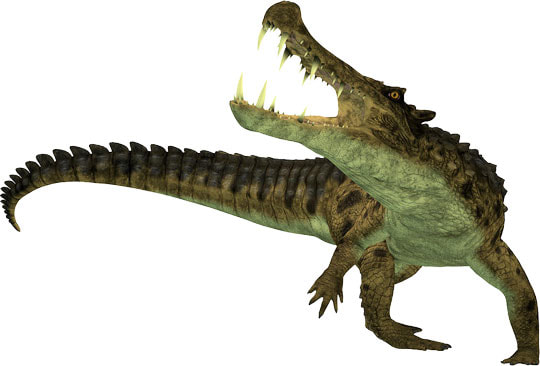
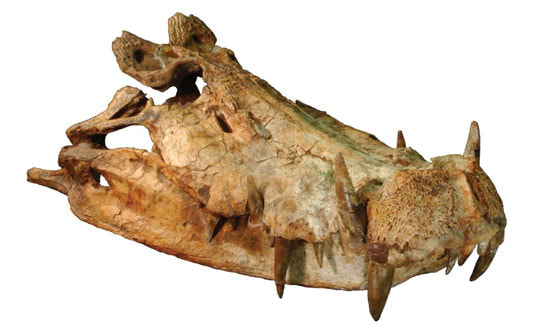

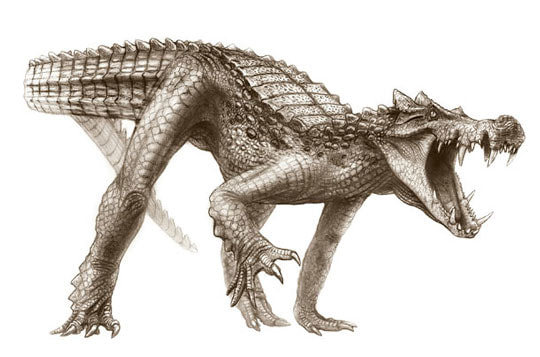
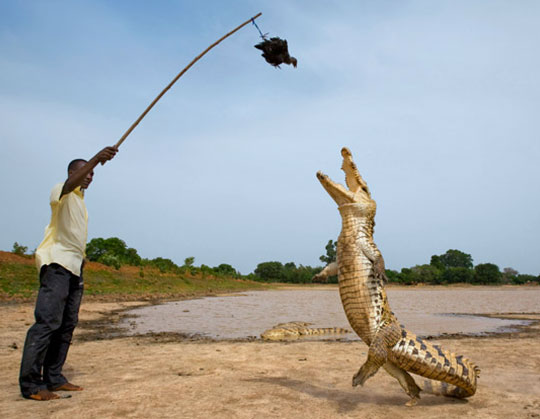
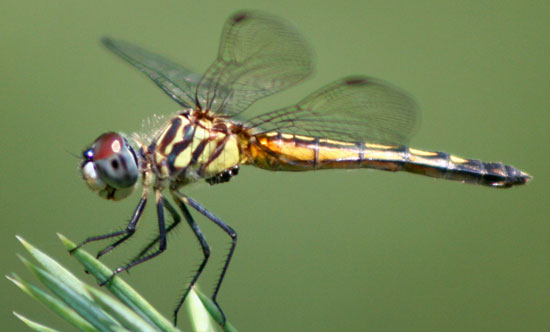
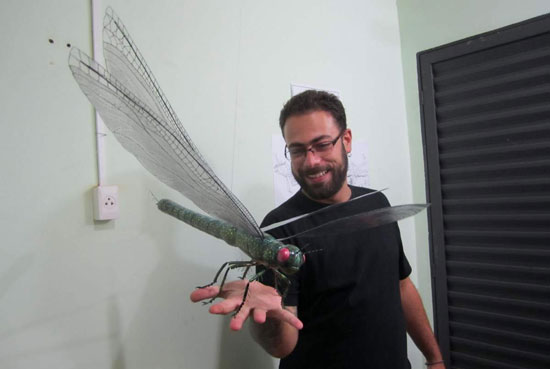
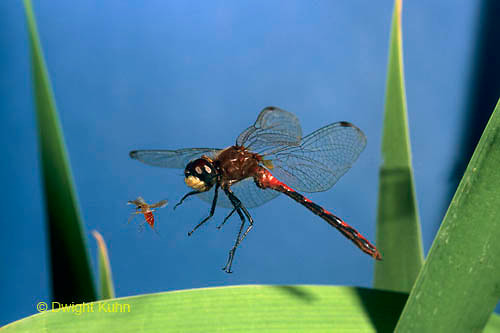
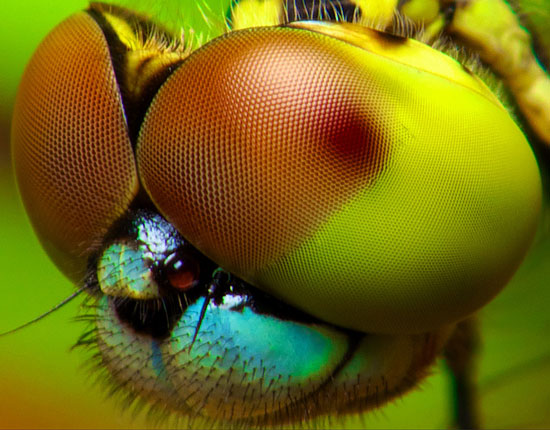
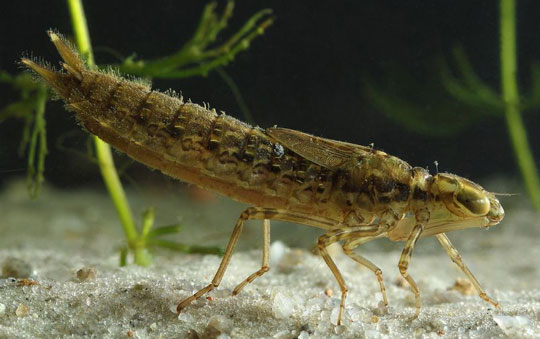
 RSS Feed
RSS Feed